January 2021 update: The book on Richard Tregaskis will be published in Fall 2021. The author and University of New Mexico Press have settled on a final title: Richard Tregaskis: Reporting under Fire from Guadalcanal to Vietnam.
—
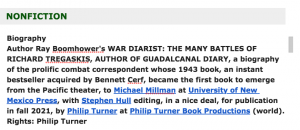 Delighted that I’ve sold Ray E. Boomhower’s WAR DIARIST: The Many Battles of Richard Tregaskis by independent scholar Ray E. Boomhower to University of New Mexico Press (UNMP) for publication in fall 2021. In 1943, combat reporter Tregaskis published GUADALCANAL DIARY, acquired by Bennett Cerf at Random House, which became an instant bestseller and the first book to emerge from the Pacific theater, when Americans had had little chance to read about the fighting there. Here are some grafs from the pitch letter I sent to the editor at UNMP, and photos that will be in the book, including one of the lanky reporter.
Delighted that I’ve sold Ray E. Boomhower’s WAR DIARIST: The Many Battles of Richard Tregaskis by independent scholar Ray E. Boomhower to University of New Mexico Press (UNMP) for publication in fall 2021. In 1943, combat reporter Tregaskis published GUADALCANAL DIARY, acquired by Bennett Cerf at Random House, which became an instant bestseller and the first book to emerge from the Pacific theater, when Americans had had little chance to read about the fighting there. Here are some grafs from the pitch letter I sent to the editor at UNMP, and photos that will be in the book, including one of the lanky reporter.
In 1942-43, Tregaskis (1916-73) was one of just two reporters “embedded” with US forces in the Pacific, before the specialized use of that term existed. He observed the fierce fighting between the Americans and Japanese, sending daily dispatches that had to be cleared by military censors before they could go to his editors at the International News Service. Some things he did not share with any editors or readers, as Boomhower writes:
“During his time on Guadalcanal, Tregaskis and United Press International reporter Bob Miller armed themselves with Colt 1911A1 pistols in direct contravention of U.S. War Department regulations prohibiting correspondents from using weapons. “We knew and the Marines knew that if we ran up against Jap[anese] snipers, they weren’t going to ask for our credentials.” Upon leaving Guadalcanal on a B-17 bomber, Tregaskis also helped man one of the plane’s .50-caliber machine guns and fired on an attacking Japanese Zero fighter.”
While breaking the mold for a war reporter, Boomhower notes that Tregaskis also harbored a distressing medical secret:
“Neither his colleagues in the field or his superiors at the International News Service knew that when he began his work in the Pacific Tregaskis had to contend with a recently diagnosed condition—diabetes, a debilitating disease that plagued his family.”
At one point, while briefly laid over in Pearl Harbor, he sent an expanded collection of his combat dispatches to a wire service editor who shopped the manuscript to more than a half dozen book publishers in NY. Bennett Cerf read it overnight and acquired the rights the next day. This became Guadalcanal Diary, an early example of “an instant book”; it was an immediate bestseller for Random House, and before WWII had ended, a Hollywood movie with Anthony Quinn, William Bendix, and Richard Conte.
At another point during Tregaskis’s reporting career, while covering combat action in Italy, the 6-foot, 5-inch tall reporter was struck by an artillery shell that punctured his helmet and nearly killed him. Following brain surgery—when a metal plate was inserted into his skull—and a difficult five-month recuperation back in the States, he learned to speak again by reciting poetry, and in June 1944 resumed work, reporting from the Normandy beachhead established on D-Day.
Boomhower’s book will chronicle Tregaskis’s whole story from before the war, and beyond. He was a Harvard grad, Class of ’38, whose classmates included Kermit Roosevelt, Joseph Kennedy, Jr., and the historian Theodore White. Tregaskis knew Ernie Pyle and the photographer Robert Capa.
I’ve found Boomhower’s writing in the sample chapters as alive and vivid about reporting under extreme and dangerous challenges as Tregaskis’s own indelible war reporting. By the late 1960s, more than three million copies of Guadalcanal Diary had been sold and it had been translated into twelve languages, including Japanese, Chinese, Spanish, French, and Danish. The book is in print as a Modern Library edition with an Introduction by Mark Bowden, while many of Tregaskis’s wartime dispatches are included in volume 1 of the Library of America’s book Reporting World War II. Ray E. Boomhower is senior editor at the Indiana Historical Society Press. He is the author of more than ten books including Robert F. Kennedy and the 1968 Indiana Democratic Primary (2008, Indiana University Press), which won the Indiana Center for the Book’s 2009 award in nonfiction.
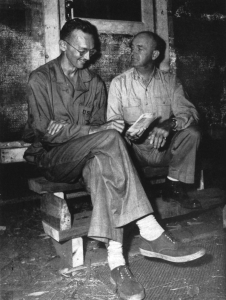
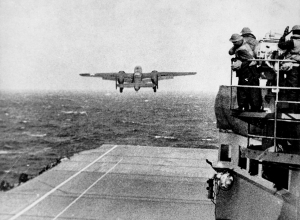
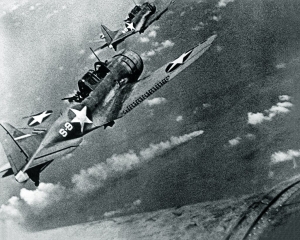
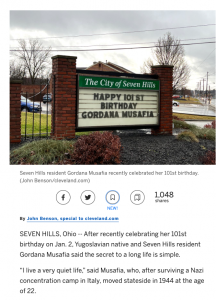 I keep a Google Alert on for my old friend and longtime author, the humanitarian and photojournalist Ruth Gruber (1911-2016), as I still enjoy seeing mentions of her and her many accomplishments when they appear in media, as they still do with some frequency. One such item popped up yesterday, as seen in the screenshot to the left.
I keep a Google Alert on for my old friend and longtime author, the humanitarian and photojournalist Ruth Gruber (1911-2016), as I still enjoy seeing mentions of her and her many accomplishments when they appear in media, as they still do with some frequency. One such item popped up yesterday, as seen in the screenshot to the left.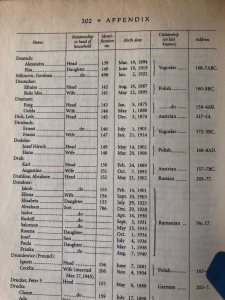
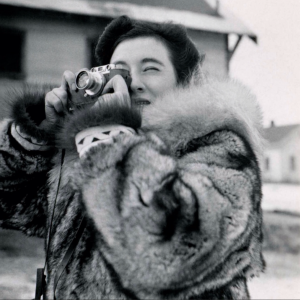
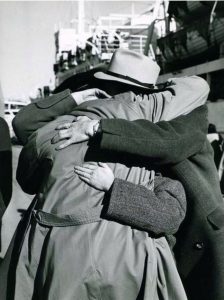

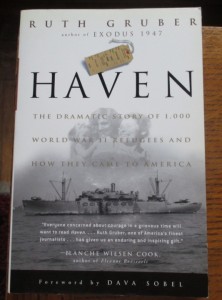
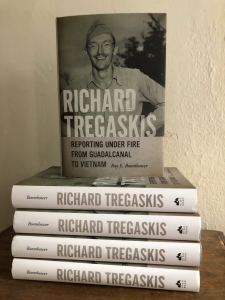
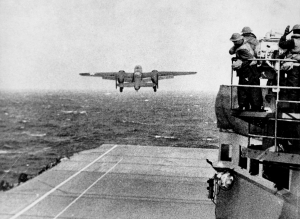
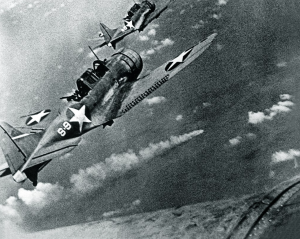
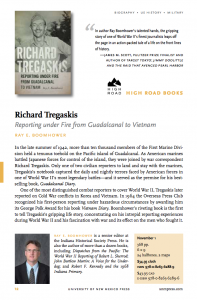





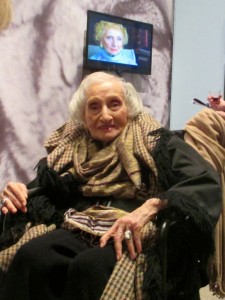

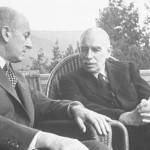
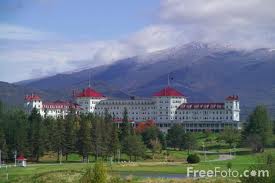
 #Fridayreads Philip Kerr’s Field Gray, a Bernie Gunther novel featuring the detective who’s navigated the amoral world of Berlin before, during and after WWII in seven magnificent books. The latest has especially brilliant plotting, w/the narrative taking Gunther and his memory through all the war years as he endures harsh interrogation from Yanks who arrest him in Cuba in 1954. I find inflections of Guantanamo and Abu Ghraib in the book. Kerr is a master. If you’ve never read a Bernie Gunther novel, I urge you to begin the series. March Violets is the first, and I do recommend you read them in order, though one could also just start with Field Gray.
#Fridayreads Philip Kerr’s Field Gray, a Bernie Gunther novel featuring the detective who’s navigated the amoral world of Berlin before, during and after WWII in seven magnificent books. The latest has especially brilliant plotting, w/the narrative taking Gunther and his memory through all the war years as he endures harsh interrogation from Yanks who arrest him in Cuba in 1954. I find inflections of Guantanamo and Abu Ghraib in the book. Kerr is a master. If you’ve never read a Bernie Gunther novel, I urge you to begin the series. March Violets is the first, and I do recommend you read them in order, though one could also just start with Field Gray.